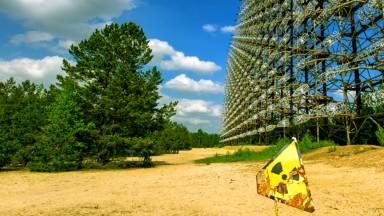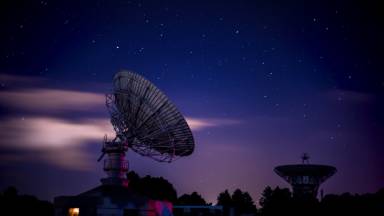
Down in the Antarctic polar circle, or the top — depending on how you look at the map, the snow is driving the Geiger counters crazy.
According to the scientists who discovered all this, the origin is interstellar. It would be Radioactive dust from a supernova landed in Antarctica recently from the sky, perhaps no more than twenty years ago.
According to the theories which this discovery seems to confirm, it is produced by some supernova or strong stellar explosions; this element should also be found in remote geological formations on our planet. Why does this finding confirm the hypothesis of supernova? Because the discovery was not accidental, but the material was specifically researched by the group of German scientists.
Snow and radioactive iron isotope in Antarctica
In our solar system, there is a cloud composed of this element and scientists think that it was created by such an explosion. They assumed that if the theory is right, the earth orbiting around the Sun should have collected particles for several thousand years. To confirm that theory they decided to reach Antarctica where they collected half a ton of snow.
The snow was brought to Monaco where it was dissolved. At that moment they found such a celestial element. This discovery supports the theory of the origin of this famous interstellar cloud.
The next step will be to dig deeper into the ice to try to find out when this dust has started to arrive so that they can tell when the solar system has crossed with the cloud. Antarctica seems to be much more than just a wasteland of ice. It could be covering a secret history of ancient supernovae.









